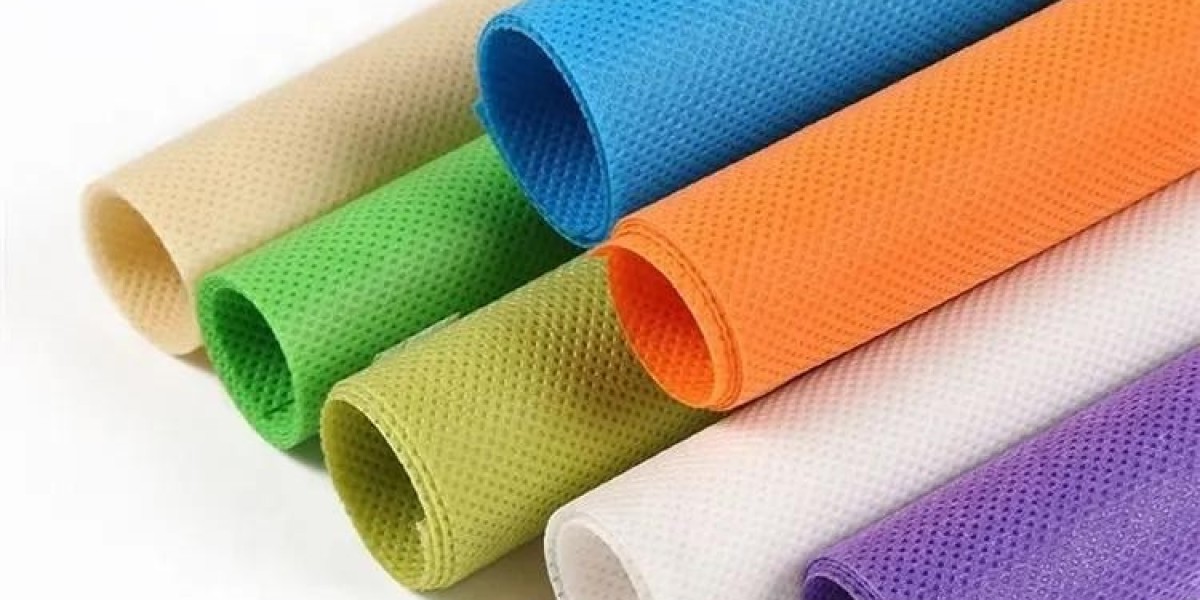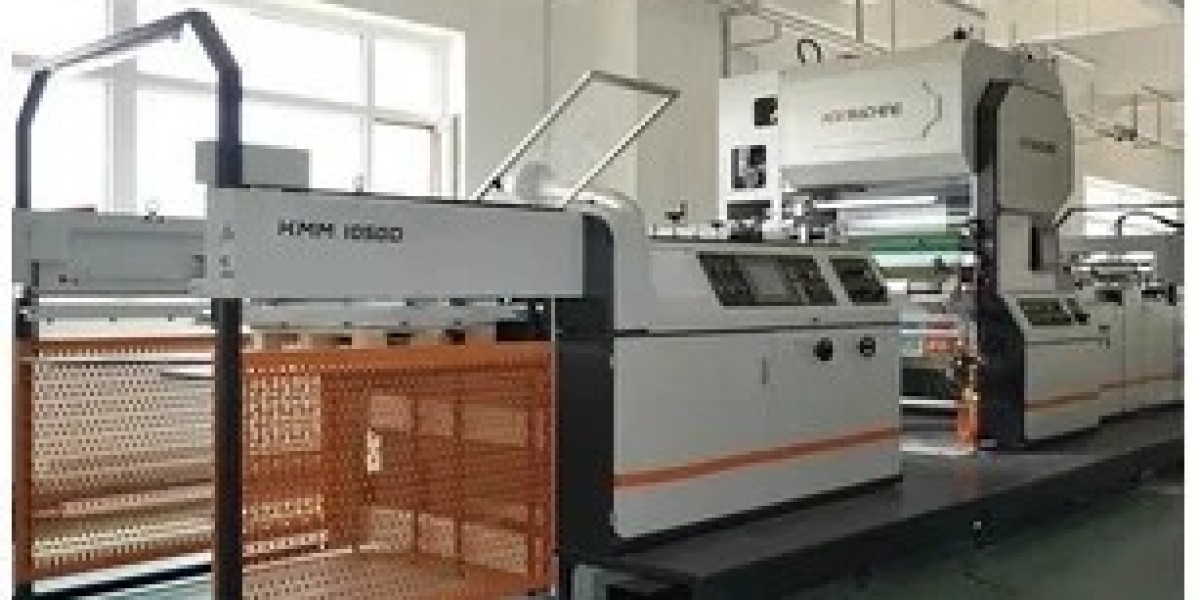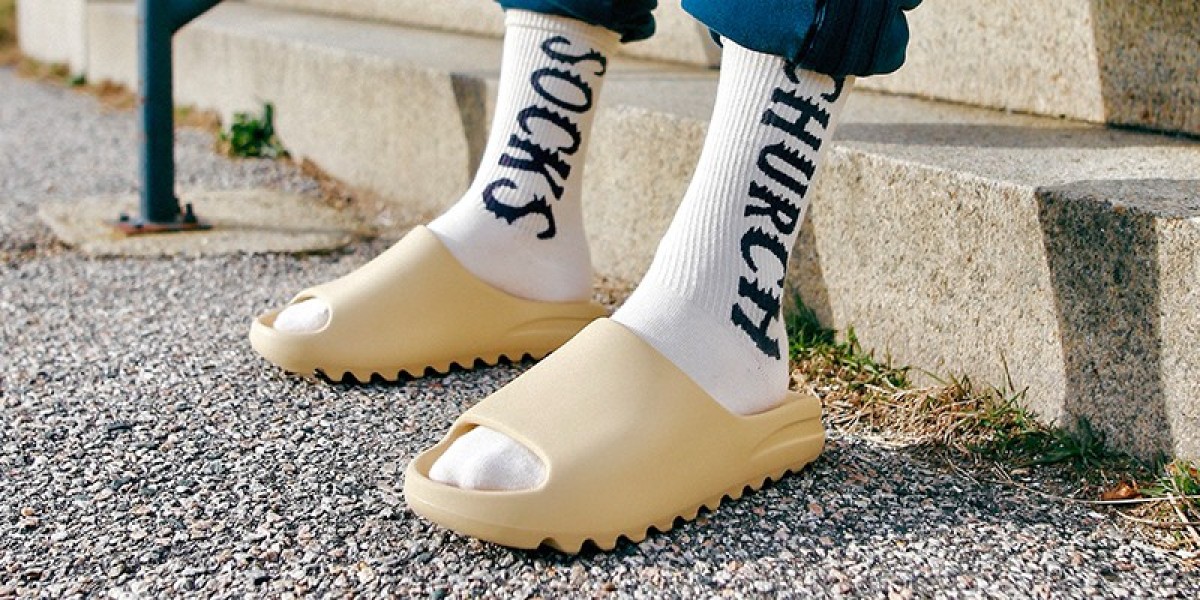In recent years, the healthcare industry has witnessed a surge in the adoption of innovative materials that enhance operational efficiency and improve patient care. One such material is polypropylene (PP) spunbond nonwoven fabric, which has revolutionized various applications within healthcare settings. With its unique properties and versatile applications, this nonwoven fabric has become a crucial component in a wide range of healthcare products and solutions.
Understanding Nonwoven Fabric
Nonwoven fabrics differ from traditional woven fabrics in that they do not require weaving or knitting. Instead, they are made by bonding fibers together through various mechanical, thermal, or chemical methods. PP spunbond nonwoven fabric is produced by spinning polypropylene filaments into a web and subsequently bonding them to form a strong, durable material. This process allows for the creation of lightweight, breathable, and liquid-repellent fabrics, making them ideal for healthcare applications.
Advantages of PP Spunbond Nonwoven Fabric in Healthcare
PP spunbond nonwoven fabric offers several distinct advantages in the healthcare sector. Its lightweight nature ensures comfort for patients without compromising on strength or durability. The fabric is also breathable, allowing for air circulation, which is essential in preventing moisture buildup and promoting skin health. Additionally, its inherent resistance to bacteria, liquids, and contaminants makes it an excellent choice for maintaining hygiene standards in hospitals and clinics.
Moreover, as a Non woven fabric manufacturer, the production process is relatively cost-effective and environmentally friendly, particularly when compared to traditional fabric manufacturing methods. PP spunbond technology utilizes thermoplastic polymers, resulting in minimal waste and a reduced carbon footprint. As healthcare providers increasingly seek sustainable materials, PP spunbond nonwoven fabric stands out as an eco-friendly option.
Innovative Applications in Healthcare
1. Surgical Masks
One of the most noteworthy applications of PP spunbond nonwoven fabric in healthcare is the production of surgical masks. During surgical procedures, maintaining a sterile environment is crucial. PP spunbond fabric is used to manufacture the outer layer of surgical masks, providing a barrier against pathogens while also allowing breathability for the wearer. The lightweight nature of the fabric ensures comfort for healthcare professionals, enabling them to focus on their tasks without distraction. Additionally, the nonwoven structure can be treated to enhance filtration efficiency, further protecting both the caregiver and patient.
2. Gowns and Drapes
Isolation gowns and surgical drapes are vital for infection control in the operating room. These garments are typically made from PP spunbond nonwoven fabric because they provide a high level of barrier protection while remaining lightweight and comfortable. The fabrics ability to repel liquids and resist bacterial penetration is particularly valuable in surgical environments where exposure to fluids is a concern. Furthermore, the disposable nature of nonwoven fabric gowns and drapes enhances hygiene by reducing the risk of cross-contamination.
3. Wound Care Products
Wound dressings are another critical application of PP spunbond nonwoven fabric in healthcare. Due to its absorbent and breathable properties, this material is often used as a base layer in various wound care products, such as bandages and secondary dressings. The fabric's moisture management capabilities help maintain the optimal environment for wound healing while providing cushioning and protection from external contaminants. Its soft texture reduces discomfort for the patient, making it suitable for long-term wear.
4. Patient Bedding and Linens
In hospital environments, maintaining hygiene is of utmost importance. Non woven fabric spunbond is increasingly being used for disposable patient bedding and linens. These products reduce the risk of cross-contamination and maintain a clean environment for patients recovering from surgery or illness. The lightweight and breathable nature of the fabric ensures that patients remain comfortable, and the fabrics can be engineered to provide barrier protection against fluids and microbes.
5. Medical Packaging
The healthcare industry is highly regulated, and safety is paramount. PP spunbond nonwoven fabric is employed in medical packaging applications. It can be used for sterilization pouches, wraps, and covers, providing an effective barrier against dust, moisture, and contamination. The materials durability and protection ensure that medical instruments remain sterile until they are opened for use.
6. Nursery and Neonatal Care
In neonatal care, where infants are more susceptible to infections, the use of PP spunbond nonwoven fabric becomes invaluable. This fabric is used to create bedding, clothing, and other essential items in neonatal intensive care units (NICUs). The soft texture promotes gentle contact with the sensitive skin of newborns, and the disposable nature ensures that the risk of infection is minimized.
7. Disposable Gloves
With the rise of infectious diseases, disposable gloves have become a staple in the healthcare industry. PP spunbond nonwoven fabric contributes significantly to the production of these gloves, ensuring high-tech performance in terms of durability and protection. The fabric allows for breathability while dispensing liquids, which is essential for providing a barrier between healthcare professionals and potential contaminants.
Future Prospects
The innovative uses of PP spunbond nonwoven fabric in healthcare are likely to continue evolving. As the demand for hygiene and safety increases, new applications are expected to emerge. Research and development in nonwoven technology may lead to even more advanced versions of PP spunbond fabric, enhancing its properties and expanding its usability in healthcare settings.
Furthermore, collaboration between Non woven fabric manufacturers and healthcare providers can drive innovation, resulting in customized solutions tailored to meet specific healthcare needs. As sustainability remains a priority, ongoing developments in eco-friendly practices within the nonwoven fabric industry are likely to complement the healthcare sector's commitment to patient care and protection.
Conclusion
The applications of PP spunbond nonwoven fabric in the healthcare industry are numerous and varied, demonstrating its essential role in enhancing patient care and safety. From surgical masks to wound care products, its properties make it an ideal choice for a multitude of applications. As the healthcare sector continues to prioritize hygiene, comfort, and efficiency, the demand for innovative solutions utilizing nonwoven fabric will only grow, paving the way for a healthier future.
Frequently Asked Questions (FAQs)
Is PP spunbond nonwoven fabric eco-friendly?
While polypropylene is a plastic and does have an environmental impact, nonwoven fabrics can be designed to be biodegradable or recyclable, depending on the manufacturing process and additional materials used.
How does PP spunbond compare to other types of nonwoven fabrics?
PP spunbond is known for its strength and durability compared to other nonwoven fabrics, such as those made from polyester. Its unique properties make it particularly suitable for medical applications.
Can PP spunbond nonwoven fabric be sterilized?
Yes, PP spunbond nonwoven fabric can undergo sterilization processes (such as ethylene oxide sterilization) without losing its effectiveness, making it suitable for medical use.








